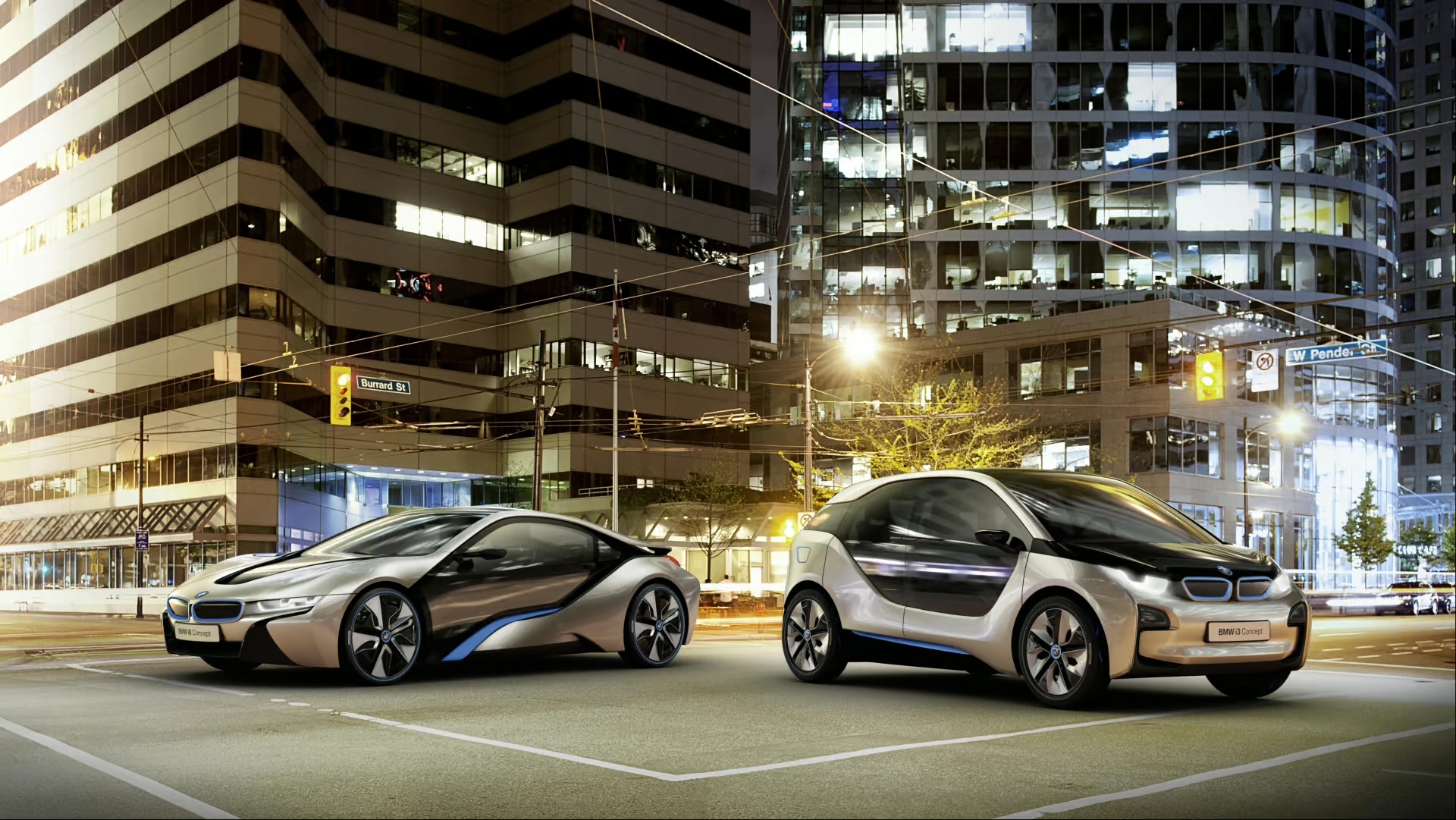
Es geçilen gelecek: Hibrit otomobiller
Bugün Toyota hariç otomotiv sektörünün yaptığı belki de en büyük hata, hibrit teknolojilere gerekli yatırımı yapmadan elektrikli araç dönüşümünü aceleye getirmek.
Peki hibrit nedir?
Hibrit otomobiller birden fazla enerji kaynağı kullanır: Aracı hareket ettirmek için benzinli (veya çok daha nadiren dizel) motor, elektrik motoruyla birlikte çalışır. Otomobile bağlı olarak, her iki motor da birbirinden bağımsız olabilir veya birlikte çalışabilir. İki tür hibrit mevcut: Hafif hibrit (MHEV) ve plug-in hibrit (PHEV) otomobiller.(kaynak: BMW)
Hafif hibrit bir otomobilde elektrikli motor, içten yanmalı motoru destekler. Özellikle kalkış sırasında çok miktarda yakıt tüketildiğinde devreye girer ve hızlanma sırasında motorun gücünü artırmaya yarayabilir. Bu, hafif hibrit otomobillerde yakıt tüketiminin ve emisyonun azaltılmasına olanak sağlar. Bataryalar ise yalnızca frenleme sürtünmesinin yarattığı enerjiyi yakalayan, elektriğe dönüştüren ve bataryada depolayan geri kazanımlı (rejeneratif) frenlemeyle, yani otomatik olarak şarj edilir. Dolayısıyla hafif hibrit otomobillerde şarj istasyonları kullanılmaz.
(kaynak: BMW)
Fişli hibrit olarak da bilenen plug-in hibrit elektrikli otomobillerde (PHEV) hem içten yanmalı hem de elektrik motoru bulunur. Bu motorların her biri otomobili kendi başına çalıştırabilir. Bu otomobiller, enerji kaynağı olarak rejeneratif frenlemeyi kullandıkları gibi, bataryanın yeniden şarj edilmesi için bir prize de bağlanabilir. Dolayısıyla plug-in hibrit otomobil (PHEV) bir şarj istasyonuna park edildiğinde de bataryasını yeniden şarj etme kapasitesine sahiptir.
Avantajları
- Bilhassa şehir içinde yakıt tüketimini belirgin ölçüde düşürüyorlar.
- Emisyon değerleri daha düşük, çevreyi daha az kirletiyorlar.
- İlk hızlanmaları daha etkileyici, ICE'lerin tork boşluğunu doldurarak ileri atılabiliyorlar.
- BEV'lerin (yani tam elektrikli araç) aksine, 'pilim bitecek ve yolda kalacağım' kaygısı yok.
- Şehiriçinde, kısıtlı bir süre de olsa sessiz sedasız, motora maruz kalmadan gezebiliyorsunuz. Aynı şekilde sabahları ilk çalışma anındaki geleneksel gürültü de kayboluyor.
Dezavantajları
- Fiyatları ve bakım masrafları, muadili bir dizele göre yüksek.
- Geleneksel araçlara göre çok daha ağırlar.
- Ekstra ağırlığın önüne geçmek için daha küçük batarya–elektrik motoru kullanılıyor ve yürüyen aksamdan feragat ediliyor, bu da yol tutuşlarını azaltıyor.
- Muadili ICE motorlu araçlara ve özellikle de EV'lere kıyasla, performansları zayıf.
- Batarya ve elektrik motoru, fazladan yer kaplayarak çoğu durumda bagaj hacmini azaltıyor.
Çözüm geçmişte
BMW grubu, yani Mini ve Rolls-Royce dahil, bu senenin ilk çeyreğinde geçtiğimiz seneye oranla %28 daha fazla elektrikli araç sattı. Aynı dönemde tüm Avrupalı rakiplerinin EV satışları düştü. Her ne kadar teknik açıdan bariz bir üstünlükleri bulunmasa da, BMW'nin bugünkü EV başarısının kökenleri 10 sene öncesine dayanıyor.
2013 yılında BMW, i3 ve i8 adında iki hibrit modelle geleceğe dönük iki büyük adım attı. Bugün yüksek maliyetler sebebiyle çoğu hibrit ve elektrikli araç, geleneksel muadillerinin altyapısı üstüne inşa edilirken, BMW o dönem bu iki model için sıfırdan karbon şasi üretti ve iç mekanlarını hafif, geri dönüştürülebilir malzemelerle donattı. Pekçok açıdan devrimsel nitelikteki bu iki otomobil aynı zamanda, başta hafilikleri sayesinde, hibritlere ait yukarıda saydığımız çoğu kusuru da elimine ediyordu: i3, benzer boyutlardaki Nissan Leaf'ten neredeyse 200 kg daha hafifti ve bunun da etkisiyle 0-100 değeri tam 4 saniye daha düşüktü.
Bugün markalar, her 1 hibrite karşı aynı kalıptan çıkmış gibi görünen 10 EV piyasaya sürmek yerine, BMW'nin 10 yıl önce aldığı riskleri alsa ve aynı cesareti gösterebilse, otomobil müşterileri henüz altyapısı apaçık biçimde hazır olmayan EV'lere ve beraberinde getirdikleri türlü probleme maruz ve muhtaç kalmazdı.


2 Yorum